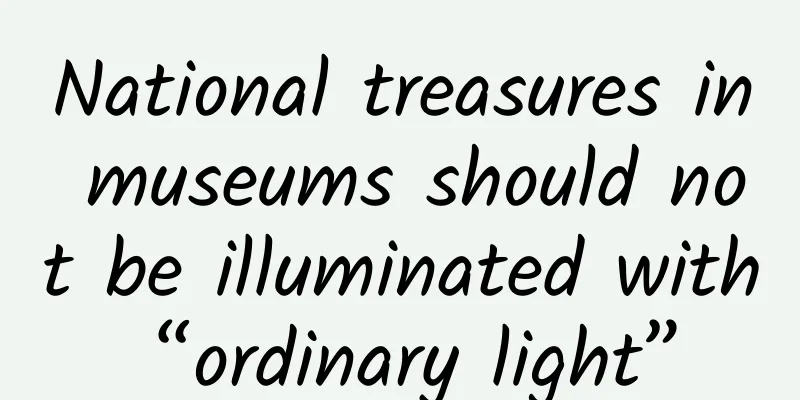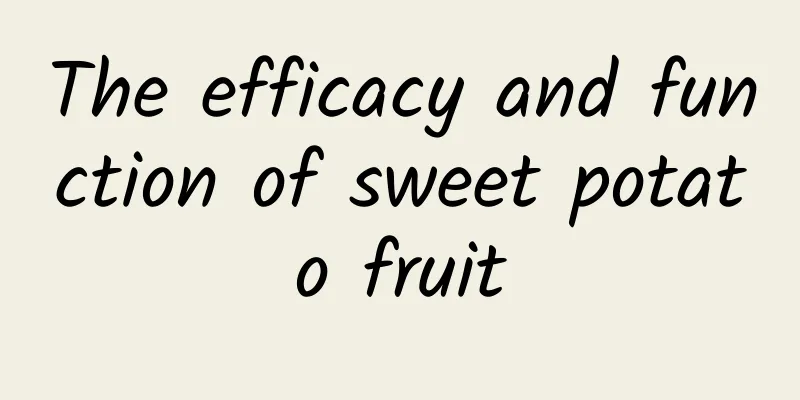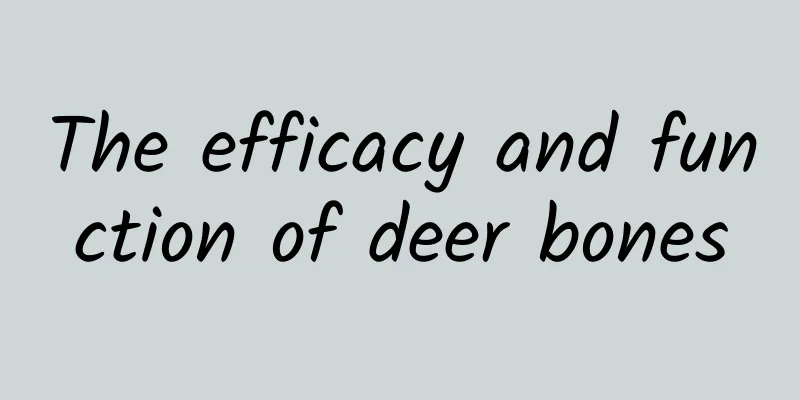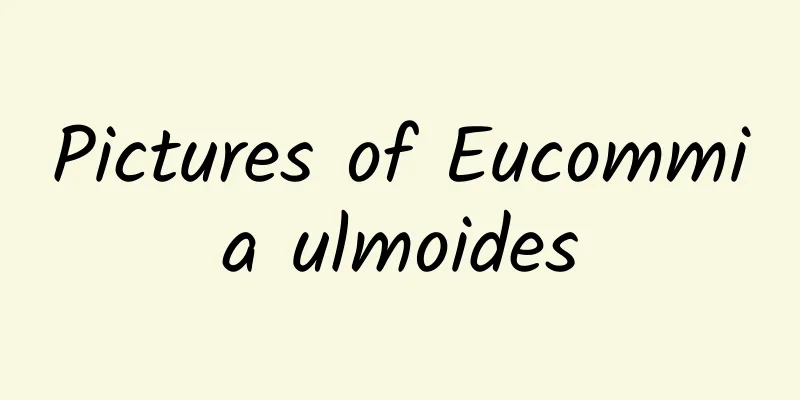National treasures in museums should not be illuminated with “ordinary light”

|
Museum painting and calligraphy lighting The Admonitions of Court Ladies of the Eastern Jin Dynasty, the Five Oxen of the Tang Dynasty, the Thousand Miles of Rivers and Mountains of the Northern Song Dynasty, the Dwelling in the Fuchun Mountains of the Yuan Dynasty... the above-mentioned famous paintings are familiar to everyone. We can appreciate these brilliant treasures of Chinese civilization in major museums. But I wonder if you have noticed that, unlike the bright light environment in offices, classrooms, shopping malls and other buildings, there is almost no natural light in the museum's calligraphy and painting exhibition hall, and the artificial lighting is also relatively dark warm light, see Figure 1. Figure 1 Lighting environment of the museum's calligraphy and painting exhibition hall The reason for this setting is that light can "harm" calligraphy and painting. According to the technical report of the International Commission on Illumination (CIE), Chinese calligraphy and painting are the most light-sensitive exhibits. Calligraphy and painting materials are very likely to undergo photochemical reactions after absorbing the energy in the light, showing damage such as fading, discoloration, and cracking, as shown in Figure 2. Since natural light is strong and difficult to control, artificial lighting is used. At the same time, it must be pointed out that all lighting will affect the preservation of cultural relics, but calligraphy and painting are my country's artistic treasures, and the cultural, historical and artistic values they contain need to be conveyed to the audience through lighting. Therefore, the goal of lighting is to present the details and colors of calligraphy and painting to the audience while minimizing lighting damage, and protection is the primary issue in museum calligraphy and painting lighting. Figure 2 The Admonitions of Court Instructress, now in the British Museum, has faded and cracked. First of all, the greater the light intensity (illuminance for short), the more obvious the impact on calligraphy and painting. In order to reduce damage to cultural relics, the current relevant standards recommend that the illumination limit for calligraphy and painting should not exceed 50 lx. The illumination value in environments such as offices and classrooms is generally 300-500lx, so the lighting environment of calligraphy and painting exhibition halls will be relatively dark. In addition, the exposure time is also proportional to the damage to cultural relics. This value is limited by the annual exposure (the product of the illumination and the exposure time in a year). The current recommended value of the relevant standard is 50,000 lx·h/year, which is one of the main reasons why calligraphy and painting exhibits need to be exhibited regularly. In addition, different colors of light have different effects on cultural relics. Generally speaking, the colder the light (high color temperature), the stronger the energy and the greater the impact on cultural relics. Therefore, the light used for calligraphy and painting lighting is mostly warm (low color temperature), see Figure 3. Figure 3 Color and energy of light The above indicators are the standards generally followed by museum calligraphy and painting lighting, which can reduce the lighting damage of cultural relics to a certain extent. However, due to the complexity of the material composition of calligraphy and painting itself (there are dozens of typical pigments used for dyeing, and typical substrates include rice paper, hemp paper, silk, etc.), under the same lighting parameters such as illumination, annual exposure, and color temperature, the degree of light damage to calligraphy and painting made of different materials may vary greatly. Therefore, it is urgent to customize lighting parameters for different calligraphy and paintings (especially precious ones). The Cultural Heritage Lighting Team of the School of Architecture of Tianjin University has carried out in-depth work in this field for many years. In terms of basic research, the team has revealed the mechanism of light-induced damage to calligraphy and painting cultural relics from the molecular level. Through mechanism research, it has proposed innovative indicators that can scientifically evaluate the light damage of calligraphy and painting. Based on these indicators, a mathematical model for calculating the degree of light damage to cultural relics has been established. The above basic research won the first prize of the Academic Contribution of the China Illumination Society's China Lighting Award. By solving the core scientific problems behind key technologies, we proposed parameter thresholds such as illumination and annual exposure that should be used for paintings and calligraphy of different materials, developed evaluation technology for painting and calligraphy lighting sources and developed software tools for light source determination, and developed minimum-damage LED spectrum control products that meet display requirements, providing all-round support in terms of standards, technologies and products for museum painting and calligraphy lighting. The above practical research won the first prize for scientific and technological innovation in the China Lighting Award. As an important carrier of traditional culture, cultural relics are of great significance for strengthening cultural confidence and realizing the great rejuvenation of the Chinese nation. At the same time, cultural relics protection relies on technology. We need to protect these traditional cultural treasures through modern scientific and technological means, let cultural relics tell Chinese stories well, and show the splendid Chinese civilization to the world. Planning and production Author: Dang Rui, Professor of School of Architecture, Tianjin University Audit丨China Illuminating Engineering Society Academic Working Committee, China Illuminating Engineering Society Expert Working Committee Produced by China Illuminating Engineering Society |
Recommend
The efficacy and function of duck foot grass
As a traditional Chinese medicinal material, duck...
Eating vegetarian food for fitness in winter will make you fatter. What is the correct way to eat vegetarian food?
In recent years, vegetarianism, which refers to e...
The efficacy and function of stem borer
The borer is a kind of traditional Chinese medici...
Unexpectedly! This place on earth is the best place to see the stars
"Sitting on the ground, I can travel eighty ...
Don’t underestimate me, “lead”! The counterattack of “grassroots” minerals
Humans have been using lead for thousands of year...
“Super Jelly”: It won’t break no matter how you crush it, the Nokia of jelly!
When we were young, the colorful and variously sh...
Poppy looks like a vegetable and you can't really tell them apart? Be careful not to break the law!
recently Public Security Bureau of Dangyang City,...
Are the cotton swabs used for nucleic acid testing poisonous? Rumor!
March 28 Shanghai begins a new round of nucleic a...
The efficacy and function of An (艸闾)
Speaking of An (艸闾), I believe many friends know ...
Balcony vegetable planting guide | Vegetables that can be grown without seeds
Recently, many people’s friend circles have been ...
The efficacy and function of wormwood
Speaking of the wormwood vine, I believe many fri...
What are the effects of the Chinese medicinal material Astragalus
Astragalus in traditional Chinese medicine is als...
There is a star suspected to have a Dyson sphere. What would it mean if it could be confirmed?
There is a star 1,480 light-years away from the E...
The efficacy and function of stone ginseng
Traditional Chinese medicine often has unexpected...









